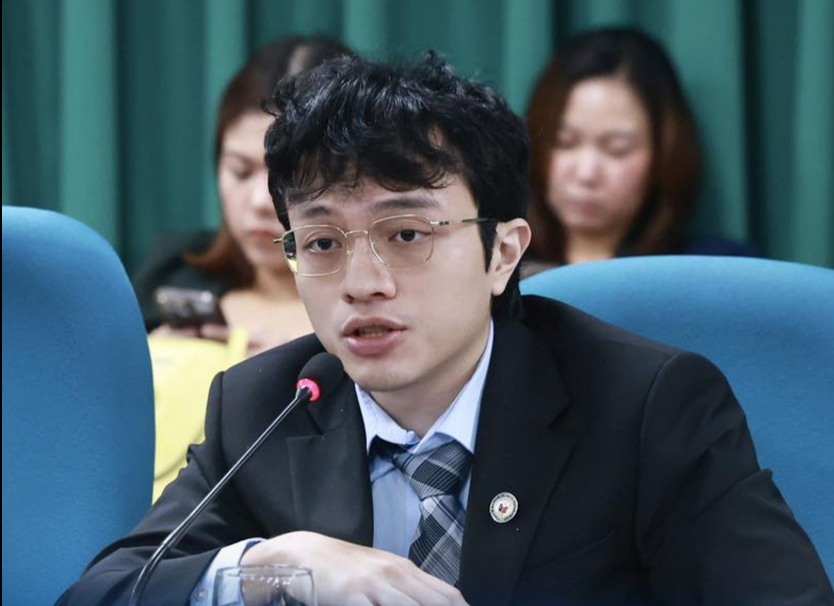Protesters picketed the Department of Agriculture (DA) after it made a big fuss about a food security emergency designed to “decongest” the warehouses of the National Food Authority (NFA) of its rice stocks which, according to the DA, must dispatch its inventory preparatory to the palay harvest season. These stocks are supposed to be withdrawn and sold to government agencies and local government units (LGUs) since the brilliant Rice Liberalization Law (RLL) reduced the NFA into a national organization of warehousemen stripped of their former duty to supply the market when rice prices soar.
Yes, Virginia, guaranteeing affordable rice in every pantry no longer rests on NFA or even the DA as the private sector now controls rice trading. It is even doubtful if the Bureau of Plant Industry (BPI) monitors the national rice inventory to warrant a rational issuance of import and sanitary permits to importers. Indeed, when Ferdinand Marcos Jr. headed the DA, a specific number of traders won the right to import rice as well as sugar. These chosen few, said DA insiders, need not be vetted since they were selected not through bidding but through “their good record.” Better still, good ties to the regime. Without set standards, and direct management, a snafu occurred over import volumes that DA officials said were approved by Marcos Jr. Management by “akala” and “hinuha” actually breeds crisis after crisis.
The very idea of a food security emergency doesn’t impress grizzled veterans in the rice industry. For one, the DA estimates that the NFA has 300,000 metric tons (MT) of rice in its warehouses. This volume is not even enough to sustain the national daily rice consumption for eight days at 37,000 MT per day. How, in heaven’s name, could this puny volume lead to the reduction of rice prices between P3 and P5 per kilo nationwide? DA itself admitted that it will be selling in areas where rice prices are high, which means practically the entire country. To make it appear that the entire government will be involved in this endeavor, agencies and LGUs will be asked to buy NFA rice at P33 per kilo and resell them at P35. How much did NFA buy their palay stocks? How much did it cost them to mill the palay and put them in sacks for storage?
Some are suggesting the NFA losses for storing and not their selling their stocks must be staggering. By giving NFA just P9-billion for palay purchases, the Marcos Jr. regime guarantees that big traders will corner the cereal and dictate farmgate prices. Government has depressed palay farmgate prices by allowing uncontrolled rice importations. By importing 4.78 million MT of rice last year, the DA abetted the regime of low palay farmgate prices and made Indian, Pakistani, Vietnamese and Thai rice traders and farmers happy. Both the Kilusang Magbubukid ng Pilipinas (KMP) and former Bayan Muna Rep. Eufemia Cullamat were right in banging at the gates of the DA and declaring that the declaration of a “food emergency “will only pave the way for further liberalization of food in the country. Instead, there should be a push for genuine agrarian reform and support for farmers. Local production should be prioritized over imports.”
Indeed, there has been no intensive assessment on why the country’s rice production deficit soared from less than 7% in the 2000s to more than 23% today, or 300% in two decades. Consider the irrationality of the situation during the Gloria Macapagal Arroyo regime, when the chief executive herself announced the importation of 2.4-MMT of rice, to the dismay of importing Asian and African leaders whose peoples rioted as rice prices skyrocketed. It also came at a time when China was engaged in leasing Philippine land for rice and vegetable production and officially, it was seeking 2.4-M hectares of land. The POGOs came later. Thanks to the opposition of KMP and former Sen. Bobby Tanada, the despicable scheme bombed. Had this scheme not floundered, Filipino farmers would have ended up as agricultural workers for Chinese lessees or actual landowners from Heilongjiang.
DA is not being forthright about the food security emergency it is prattling about. The modest volume it is selling would not make a dent in rice prices. It would only release NFA stocks that are deteriorating and sell the same to fewer outlets. If the DA were to be honest about rice prices, which have soared to P75 for special varieties, P60 for better strains, and anywhere from P45 to P48 for domestically-produced rice, it could have easily discovered the hoarders and those who have recycled their import permits and stashed away their grains to release into the market dribs and drabs. Rather than take the bull by the horns, DA is giving the market false hopes that it can mitigate a “crisis” and fudge its way around gullible people. DA itself is the crisis since it hasn’t got the science and the art to solve the structural problems.




